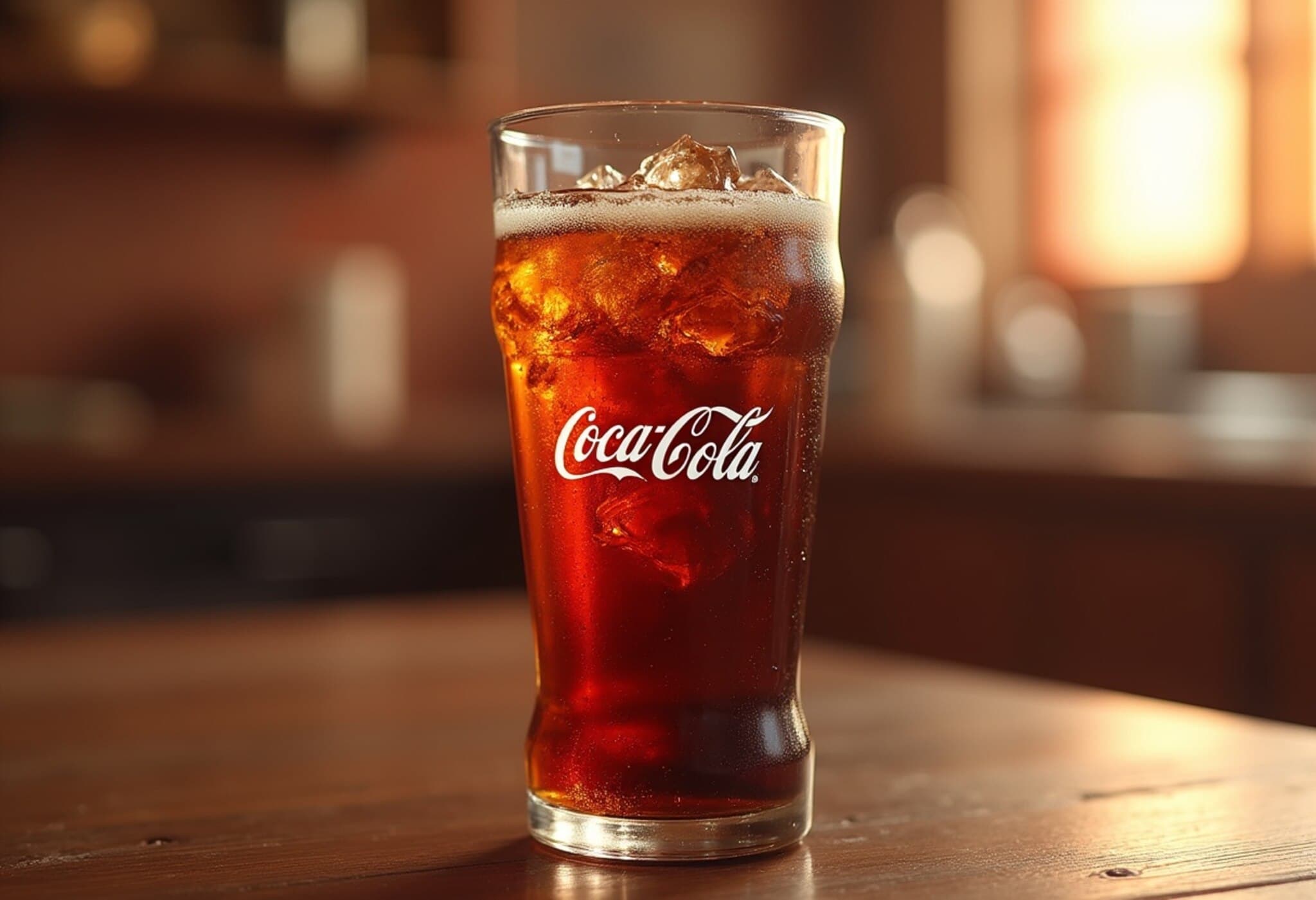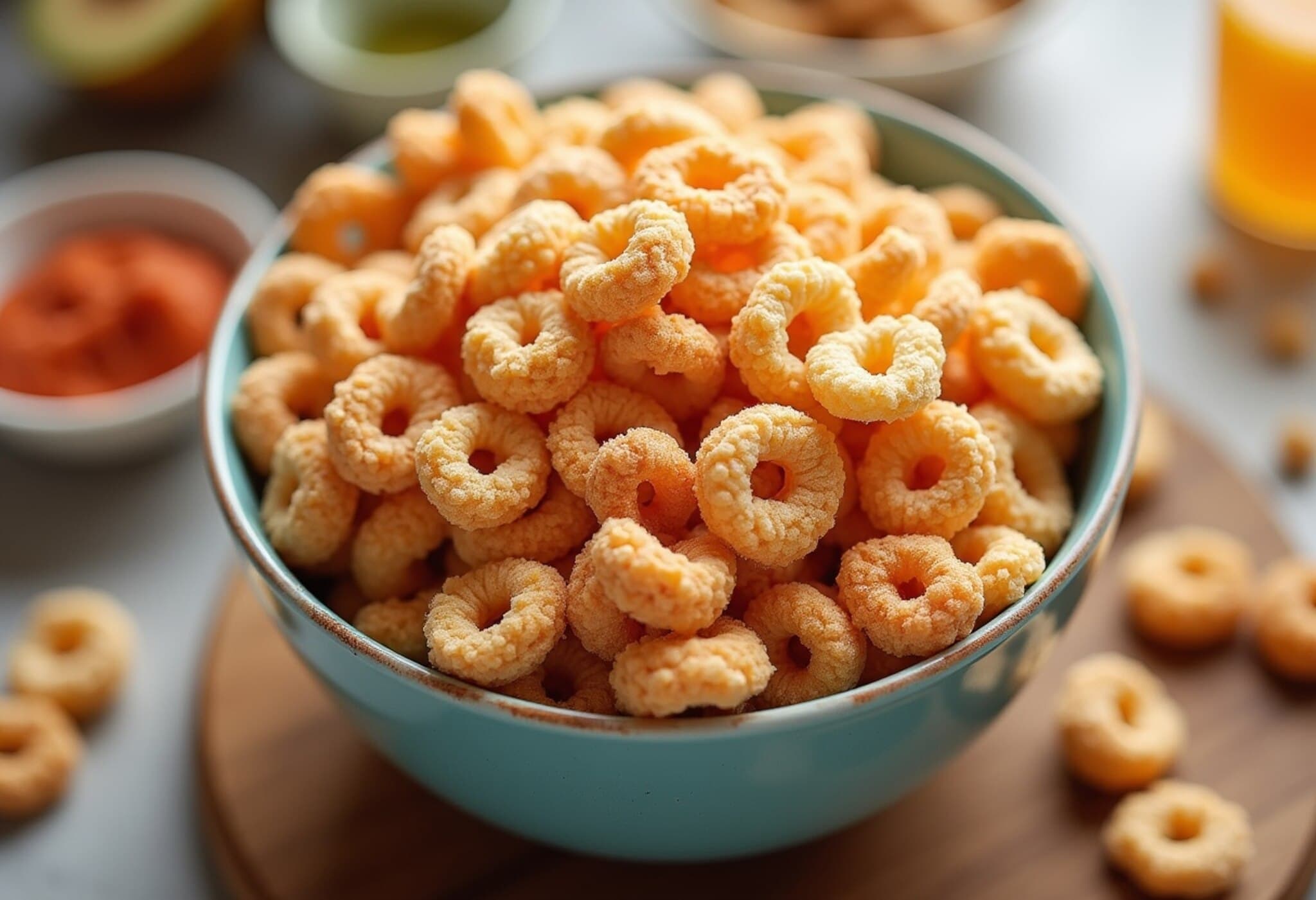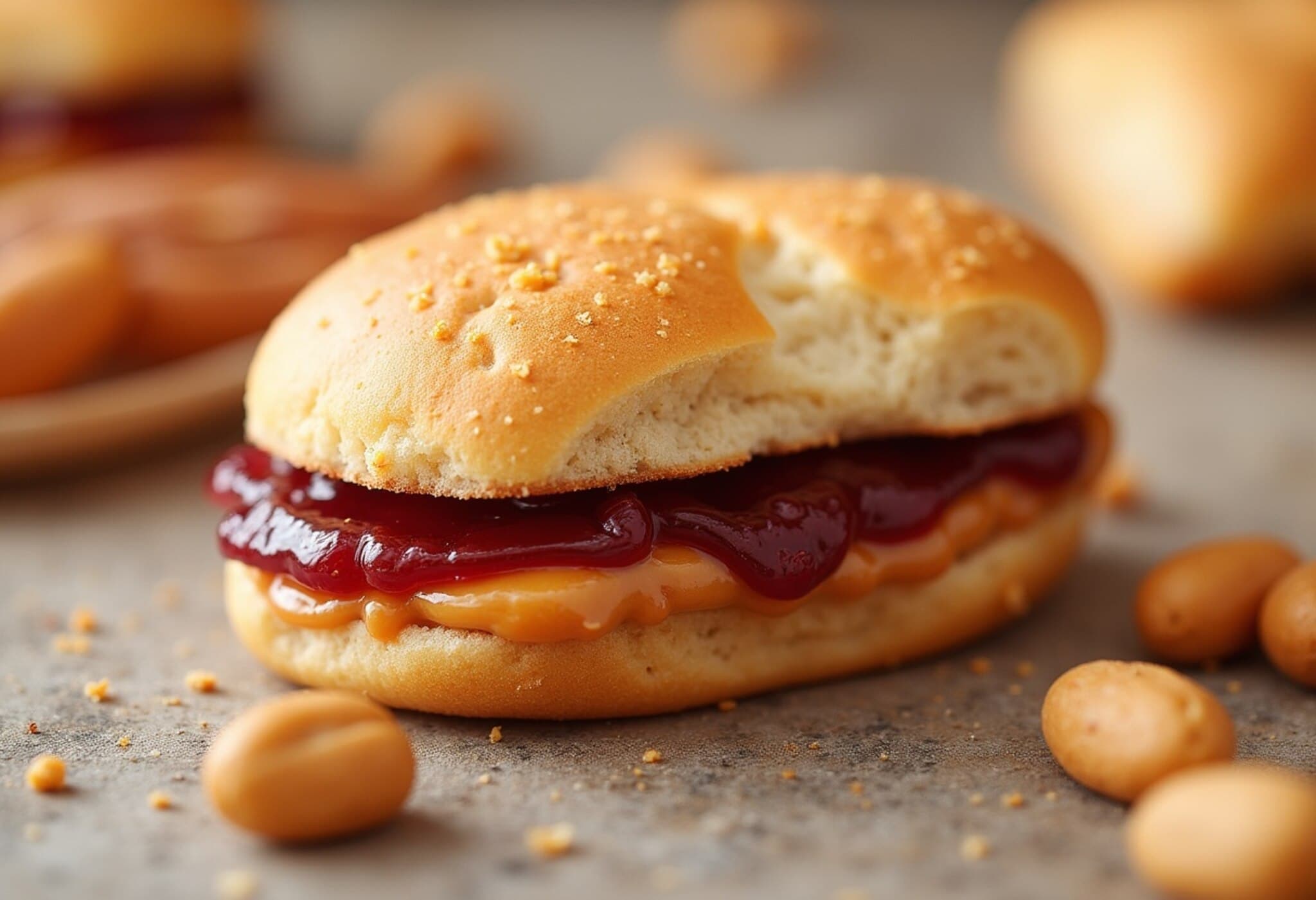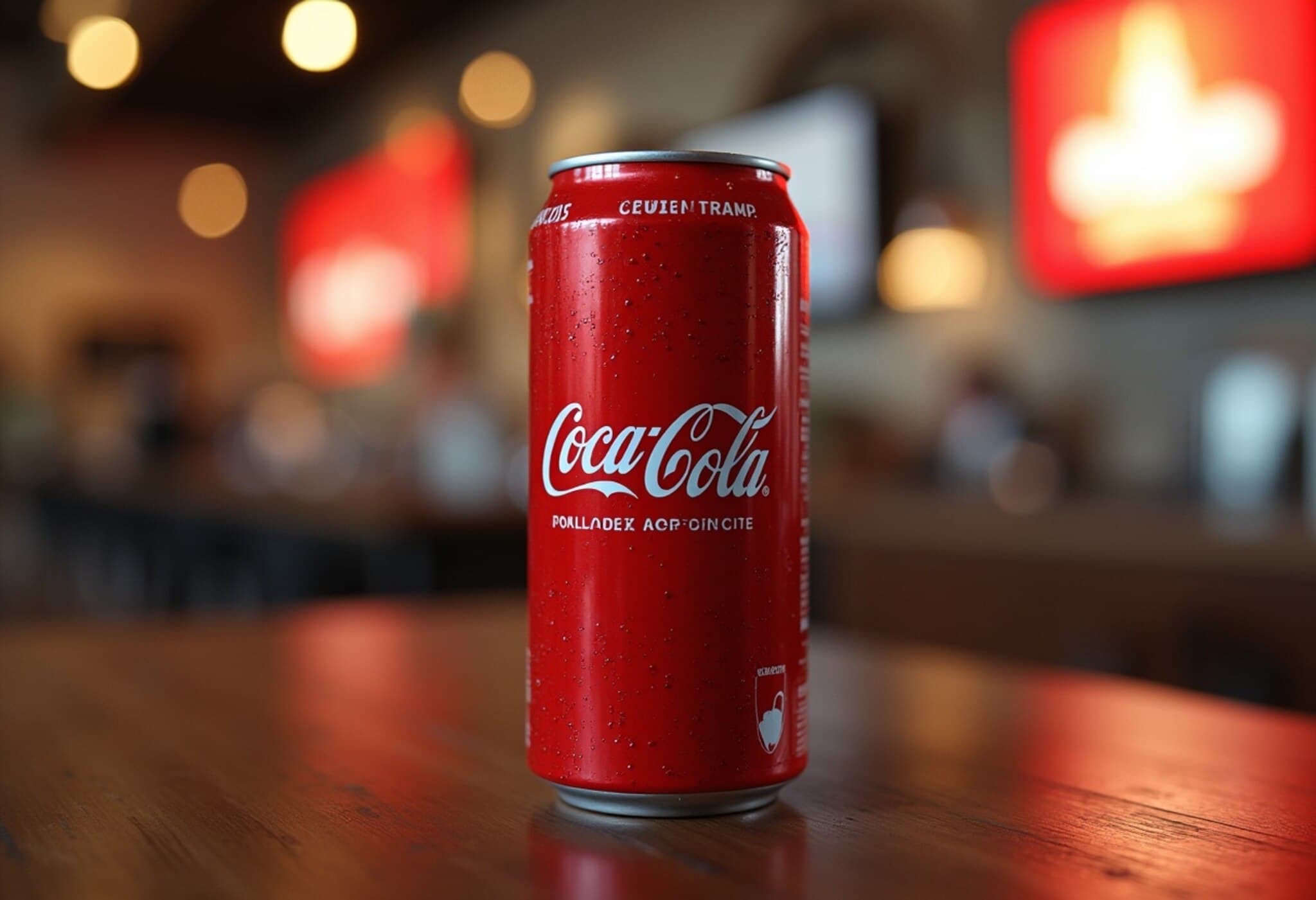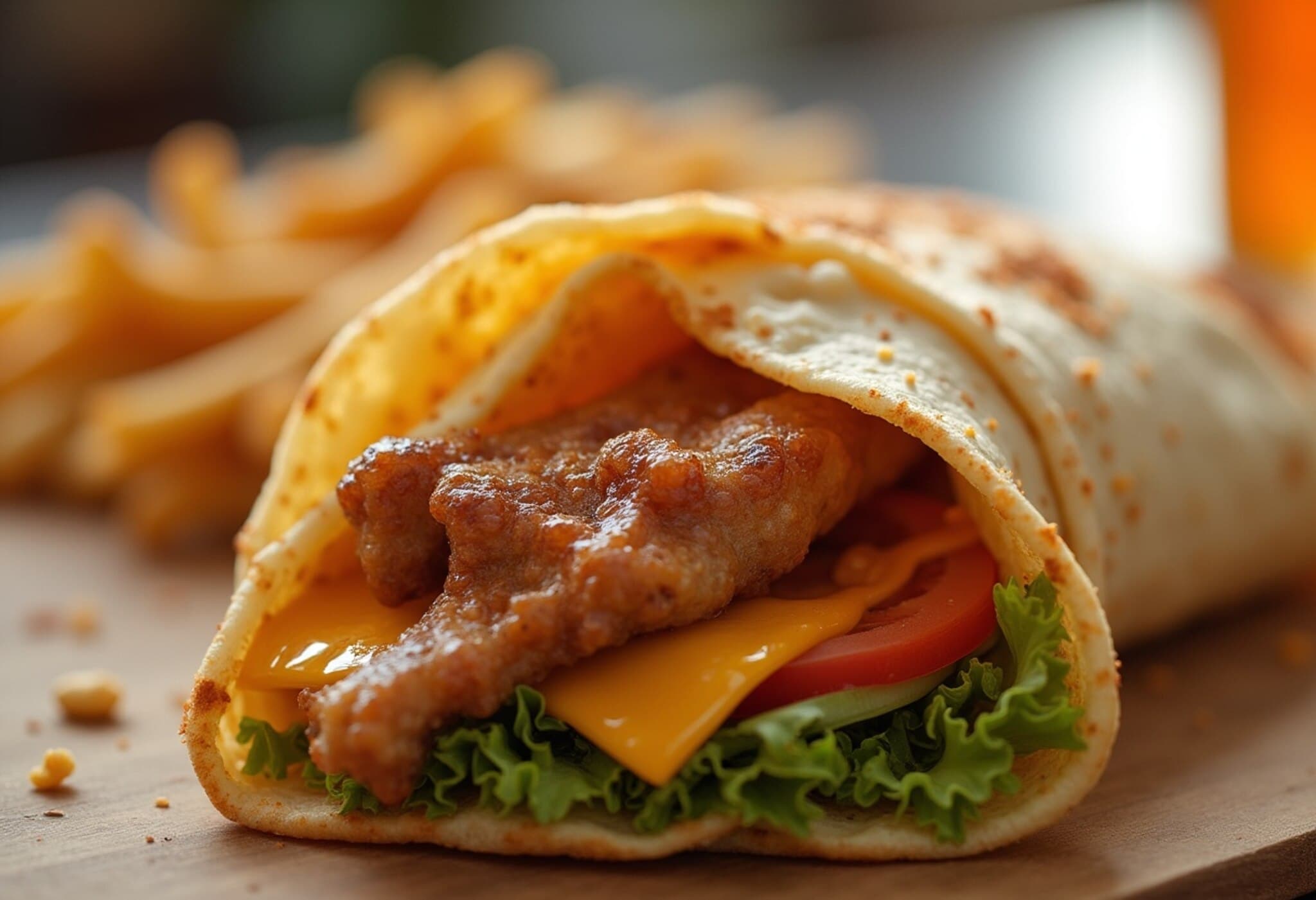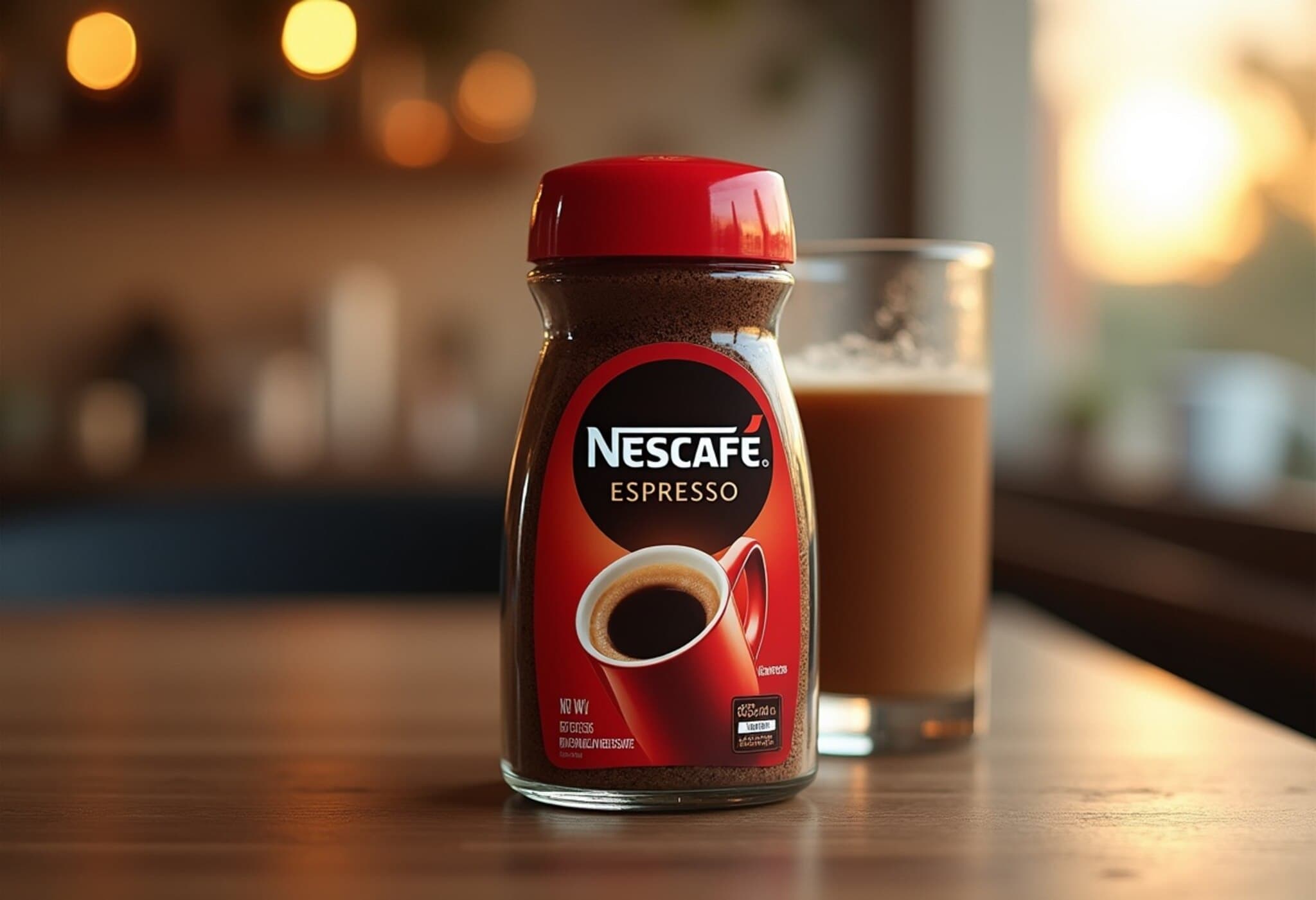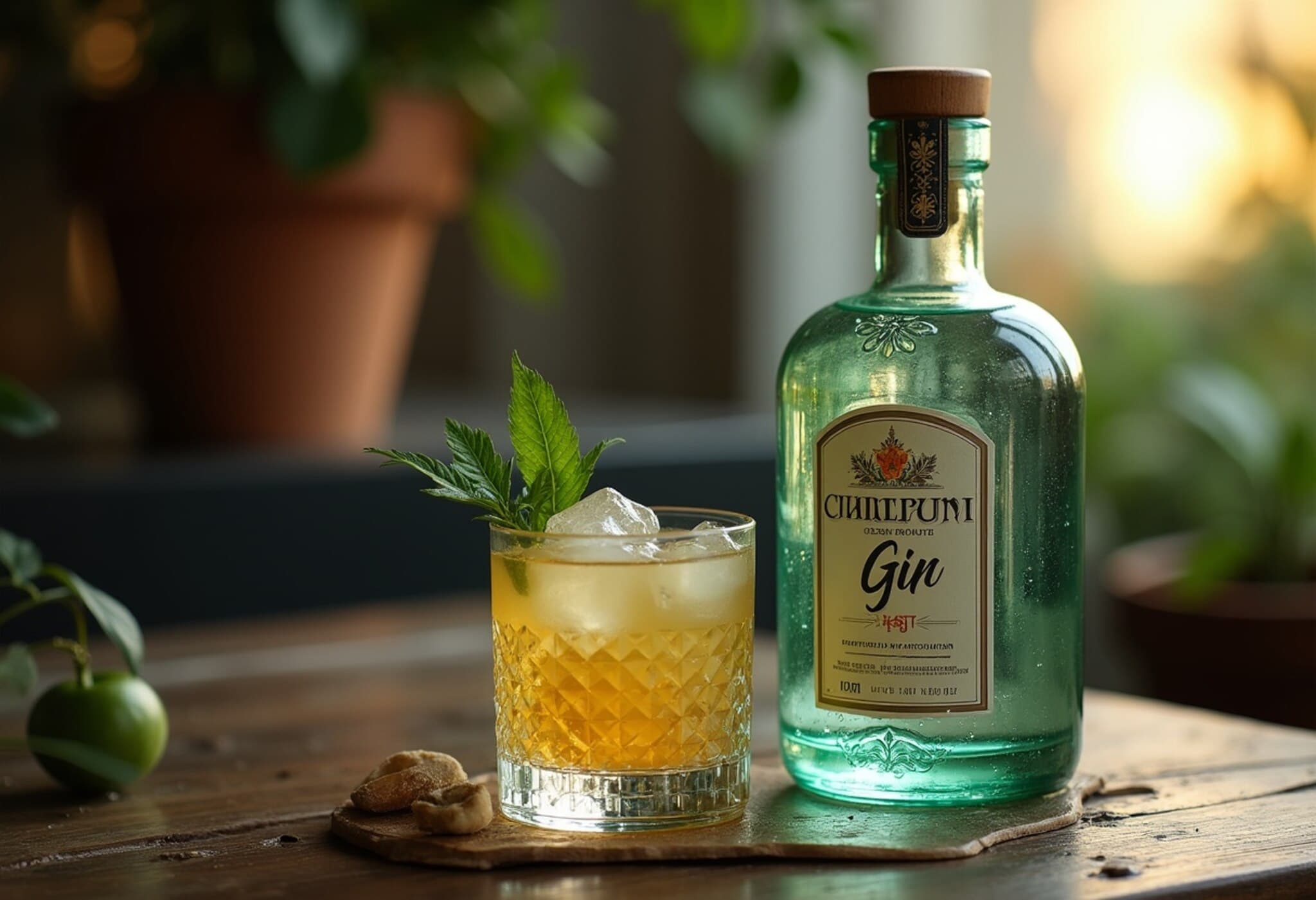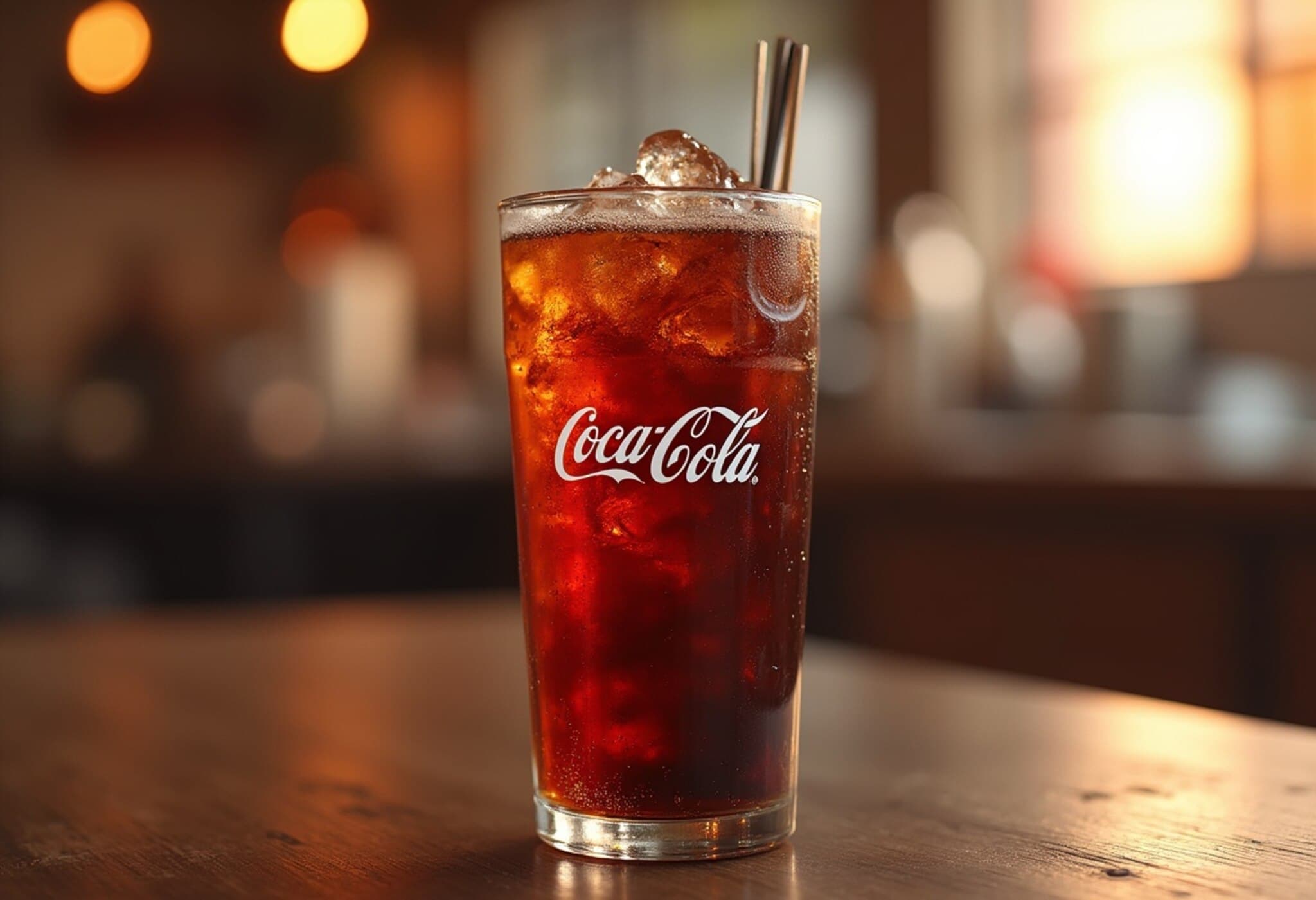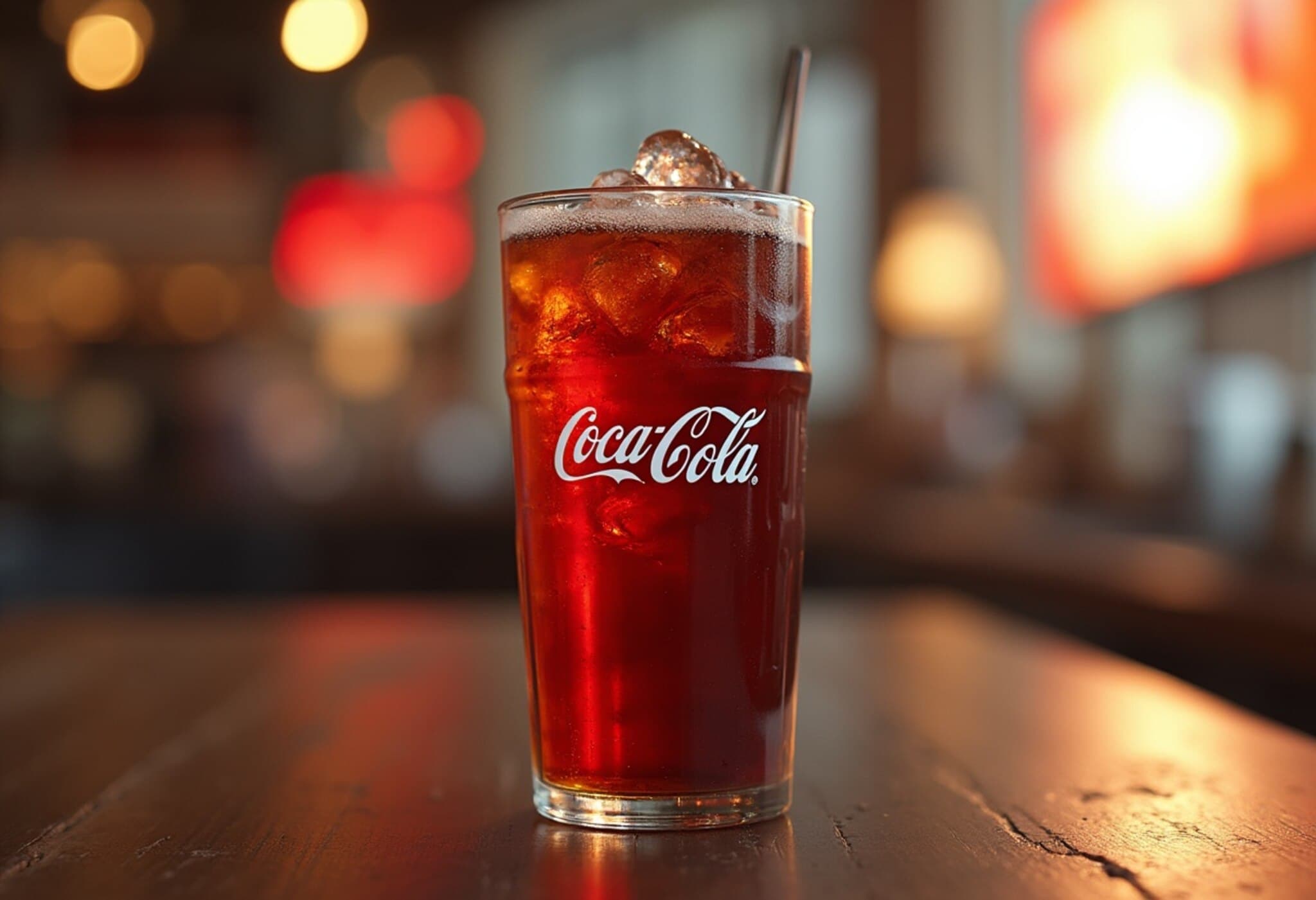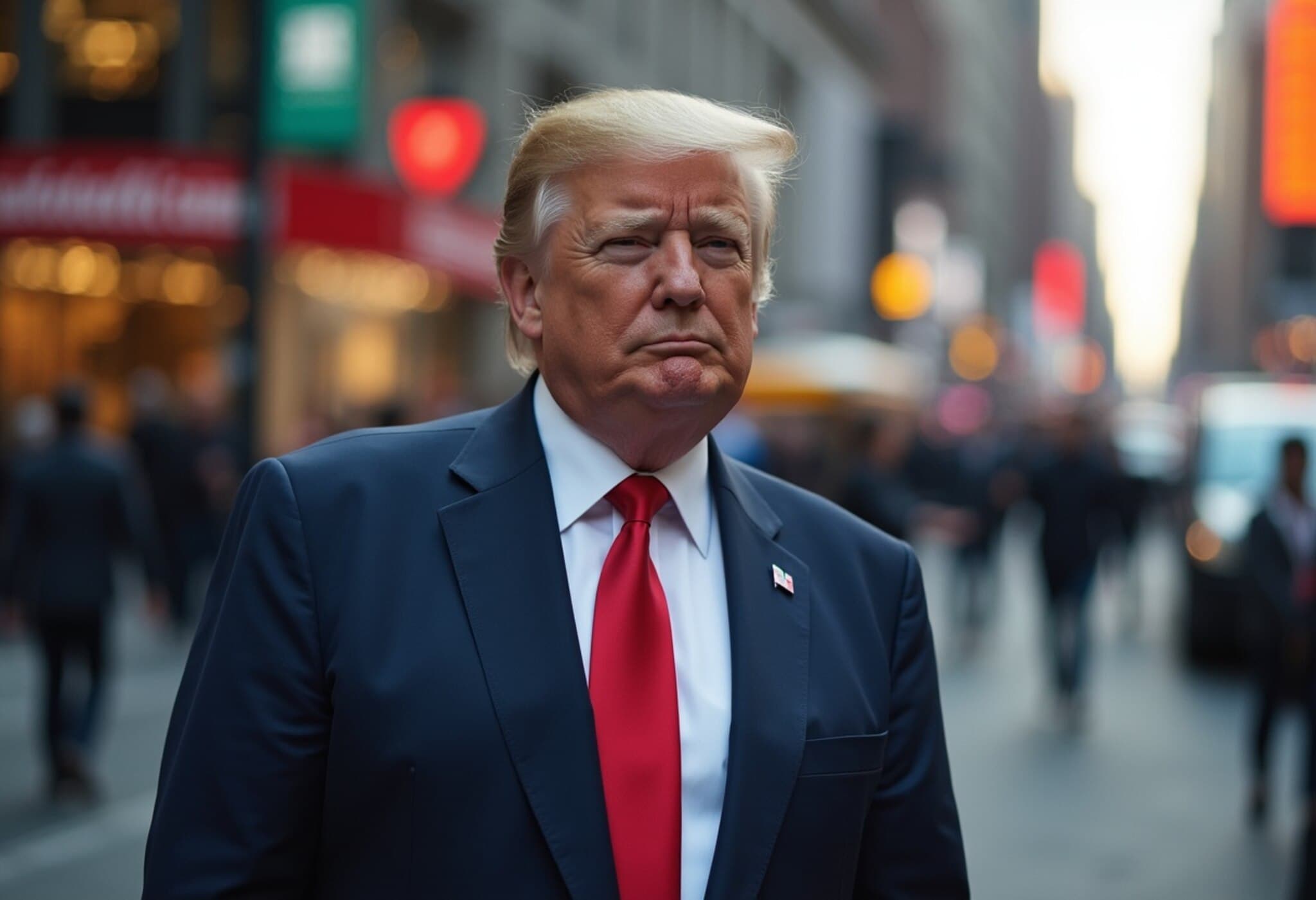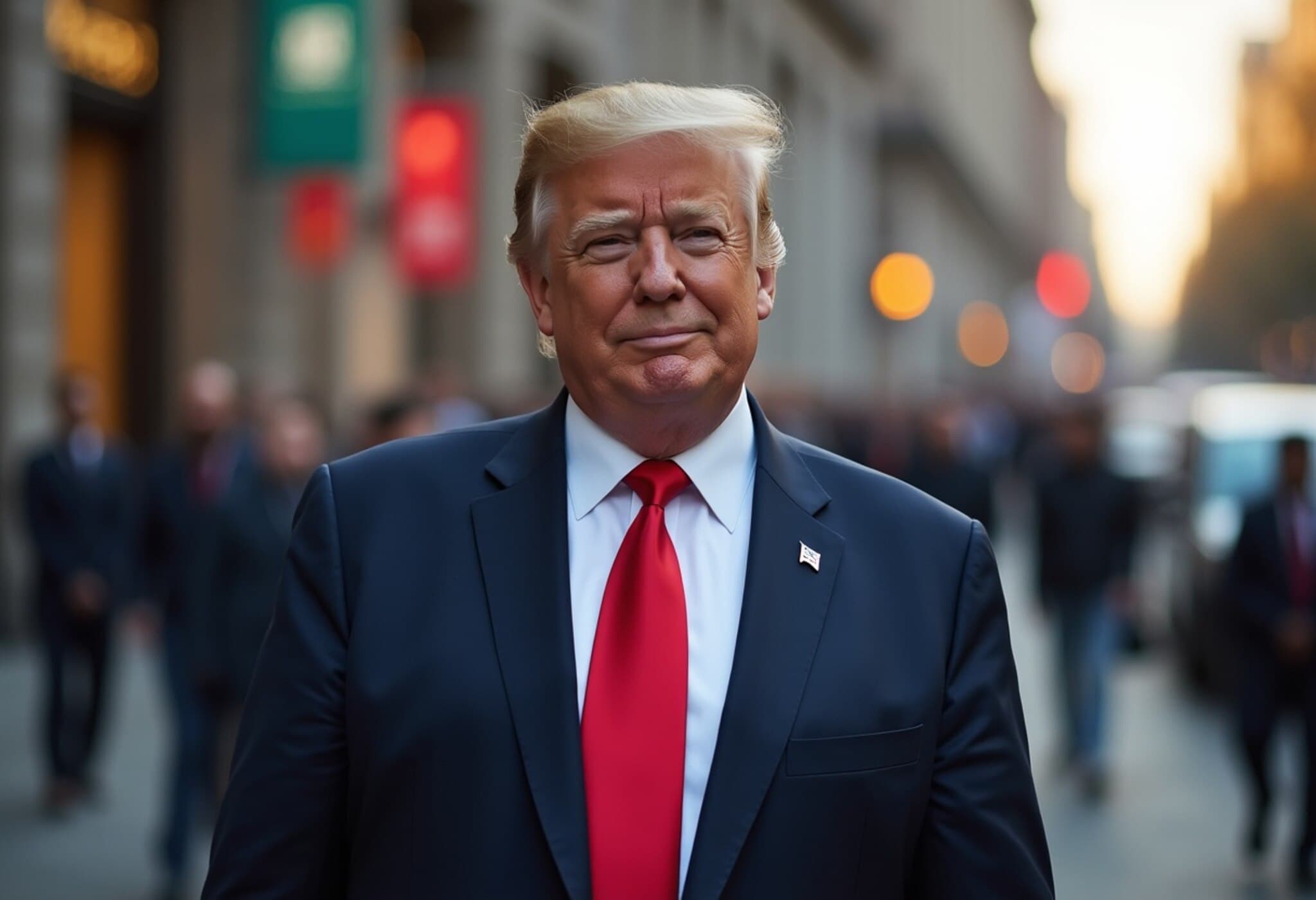Coca-Cola Brings Back Cane Sugar to U.S. Market This Fall
This coming fall, Coca-Cola plans to reintroduce a version of its classic cola sweetened with cane sugar for American consumers, reviving a much-loved taste profile that predates decades of high-fructose corn syrup use.
From High-Fructose Corn Syrup to Cane Sugar: A Nostalgic Shift
Since the 1980s, Coca-Cola's flagship soda sold in the United States has predominantly been sweetened with high-fructose corn syrup (HFCS), an ingredient cheaper and widely used due to domestic corn subsidies and sugar import restrictions. However, Coca-Cola still uses cane sugar in markets like Mexico, where the "Mexican Coke" has become a cult favorite among American consumers demanding a more authentic taste.
Retailers across the U.S., from local bodegas to major chains, have increasingly stocked Mexican Coke, creating a steady appetite for cane sugar-sweetened beverages.
What's Driving Coca-Cola’s Decision?
In an official release, the beverage giant described this new cane sugar-sweetened version as part of a broader strategy to "complement its strong core portfolio and offer more choices across occasions and preferences."
This product pivot partly follows political and cultural conversations around soda ingredients. Notably, former President Donald Trump publicly urged Coca-Cola to use "REAL Cane Sugar" in their U.S. sodas, a call he shared on his social media platform. Trump's own fondness for Diet Coke, which contains artificial sweeteners, contrasts with this push for sugar authenticity.
Health Debate: Cane Sugar vs. High-Fructose Corn Syrup
The discussion around sweeteners is more than marketing—it taps into health concerns. Advocates like Robert F. Kennedy Jr., former Health and Human Services Secretary under Trump, have strongly criticized high-fructose corn syrup for its alleged role in obesity and chronic diseases. Yet, health experts caution that scientific evidence does not conclusively favor cane sugar as a healthier alternative to HFCS, reminding consumers that excess sugars in any form pose health risks.
Economic and Policy Context
The preference for HFCS in the U.S. stems largely from structural factors: tariff-rate quotas restrict sugar imports, raising costs for cane sugar and encouraging manufacturers to lean on domestically subsidized corn products. This reality has long shaped industry practices and consumer prices in complex ways.
Shifting Consumer Preferences and Market Trends
Interestingly, Coca-Cola has been simultaneously reducing overall sugar content in its portfolio. Products like Coca-Cola Zero Sugar saw a 9% volume growth last year, reflecting growing consumer demand for lower-calorie options.
Even as the company experiments with cane sugar, it balances innovation and tradition against evolving tastes and health trends.
Competitive Moves: PepsiCo Also Embraces Cane Sugar
In parallel, rival company PepsiCo is also reintroducing cane sugar into its beverage lineup. Earlier this week, Pepsi announced the upcoming release of a new drink variant featuring both fiber and cane sugar, signaling a broader industry shift towards combining classic ingredients with added nutritional elements.
Looking Ahead
Coca-Cola’s move to bring cane sugar back into the U.S. soda market can be seen as a strategic nod to nostalgia and consumer desires for authenticity amid growing awareness of ingredient sourcing. However, questions linger regarding the long-term health impact and economic implications, especially given the ongoing debates about sugar consumption and food regulation policies.
Expert Insight
Nutrition experts highlight the importance of moderation, regardless of sweetener type. Meanwhile, policy analysts suggest that changes in sugar tariffs or subsidies could dramatically impact ingredient choices and product pricing in the beverage industry.
What Consumers Should Consider
- Taste vs. health: Whether cane sugar improves flavor is subjective, but its health benefits compared to HFCS remain unproven.
- Price implications: Cane sugar tends to be more costly, potentially affecting retail prices.
- Label reading: Awareness of ingredient lists can help consumers make informed choices aligned with personal health goals.
Editor's Note
This development underscores the dynamic interplay between consumer demand, politics, health debates, and economic policies influencing staple products like Coca-Cola. As the beverage industry navigates these complexities, readers are encouraged to consider the broader context behind ingredient choices and their impacts. Will the return of cane sugar redefine America's soda culture, or remain a niche preference? Only time and consumer response will tell.

